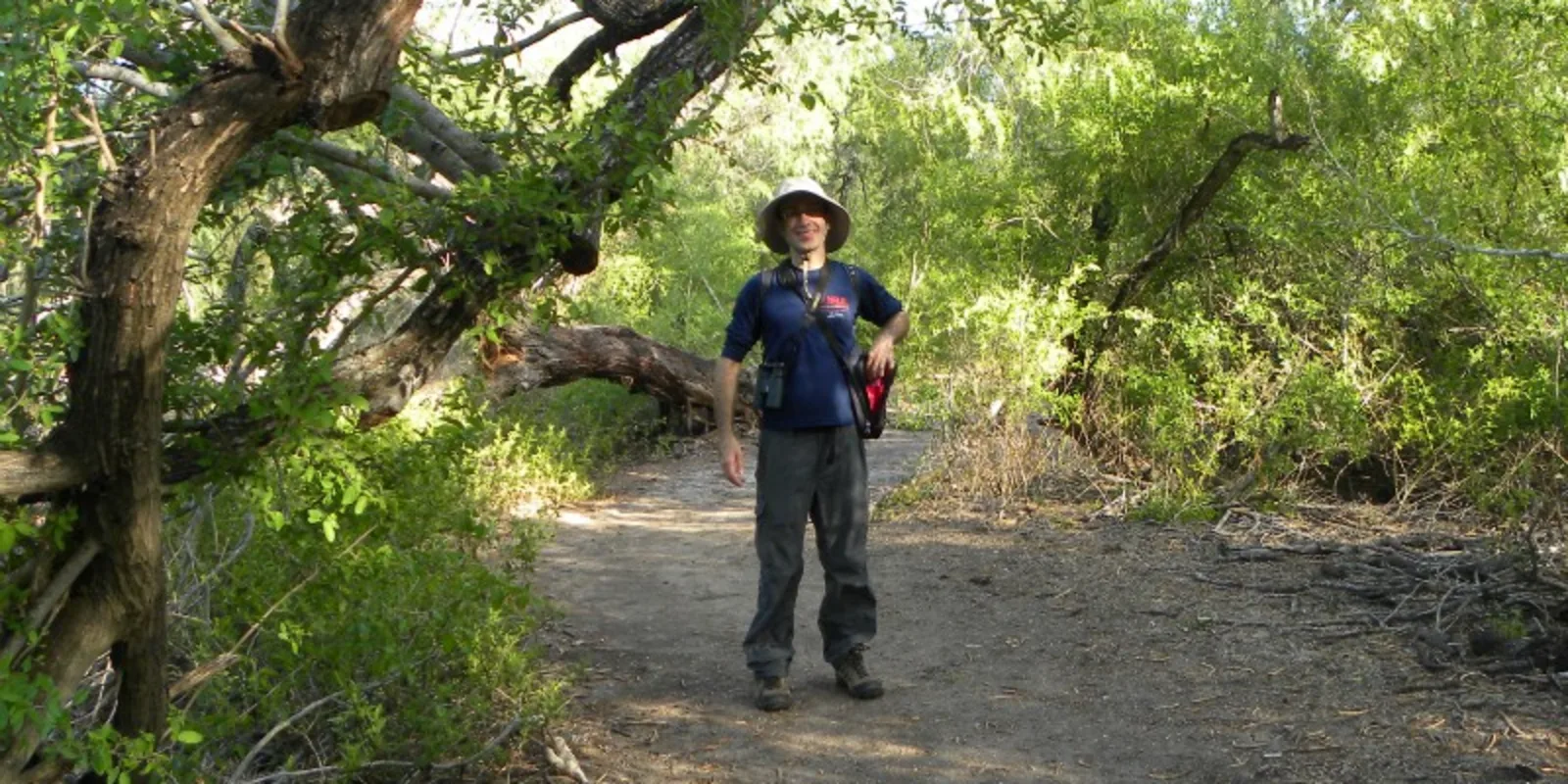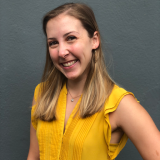
As a rheumatologist, Dr. Farokh Jamalyaria says that a lot of what he treats is rare and not well understood. He likes seeing rarities both in medicine and out of medicine, specifically in his hobby of birding. To make accurate identifications in both medicine and birding, he says, you have to quickly piece together a diverse array of subtle clues.
“One way in which [medicine] is similar to birding is that you’ll go out and see a lot of the same stuff, but, every so often, you’ll see something rare that you have never seen before,” says Dr. Jamalyaria.
Dr. Jamalyaria likens clinical medicine to being an “explorer naturalist”, and points to a story he read about a rare cricket species being discovered on a well-known island.
“You would think that there are no major secrets left to uncover, but that’s not the case. There’s much that’s still unknown, that’s not figured out, that remains unexplored. It’s unlikely for any individual naturalist or physician to discover a new phenomenon, but it does happen from time to time,” he says.
Encountering and diagnosing interesting maladies is one of the things that Dr. Jamalyaria enjoys about rheumatology, along with the continuity of care. That continuity is something he finds in birding as well, keeping track of all the species he has seen so far. He estimates he’s seen at least 700 different species, though he started late in his counting.

Dr. Jamalyaria didn’t get into birding as a kid, but in medical school. He went out for a hike with his then-girlfriend, who had bought a birding field guide and thought they should give it a go. Though he was skeptical, they went out for a hike. She hated it, but he loved it.
“I had vaguely heard of birding but thought it was a very strange thing to do. Why would somebody just go out and see birds? That seemed so unusual,” he remembers. “We went out for a hike with the field guide and I started seeing all these species I never noticed and was like, ‘Oh my gosh, this is a lot more fun than I thought it would be.’”
Part of the reason he finds it so fun is that he feels birding is like playing a complex game. “When you go out and see the same old thing all the time, it can become boring. But with birding, you often see something new, something you haven’t seen before, and that’s magical.”
Just as he’s playing catch up with birders who have been birding since childhood, Dr. Jamalyaria is also playing catch up with painting and musical instruments, both things that he has taught himself since beginning his residency. As a resident, Dr. Jamalyaria realized, “If I don’t do this thing I want to do now, if I don’t start it, it might not ever happen. I have to start small.”
He worked his way through a drawing instructional book bit by bit during his early thirties and realized that if one can learn to read or write, then one can learn how to draw, too.
After taking up drawing and, subsequently, watercolor, he pursued classical guitar and found himself much more interested in all music in general, because he finally appreciated, on a personal level, the skill and hard work necessary to produce it.
“When you don’t know too much about a subject, you tend not to notice it,” Dr. Jamalyaria says, in reference to learning about birding as well as his other extracurricular activities. “You tend to think it’s boring; it’s not something that makes an impact in your life. But once you start to actually learn about it, you start to appreciate it. You’re like, ‘Oh, wow!’ and start to ‘unlock’ the meaning of all the stuff that was there before but that was totally invisible to you.”

And while it may seem like Dr. Jamalyaria is stretching himself when it comes to being a doctor, a birder, an artist, and a musician, he says it helps him combat burnout.
“I’m not this one-dimensional person anymore,” he says. “If you identify solely as a physician and nothing more, you risk burning out and your sense of identity is not particularly resilient."
He likens having this variety of activities to being an investor. “If you want resilience, you need to diversify,” he says. “Just as importantly, striving for multi-dimensionality sensitizes you to more of the world and helps in establishing rapport with others. The physician-patient relationship becomes much more effective.”







